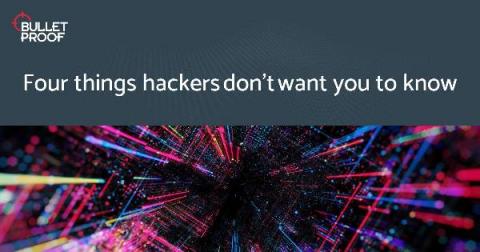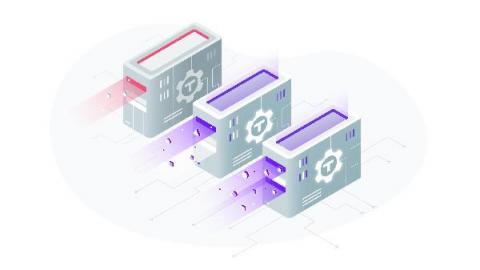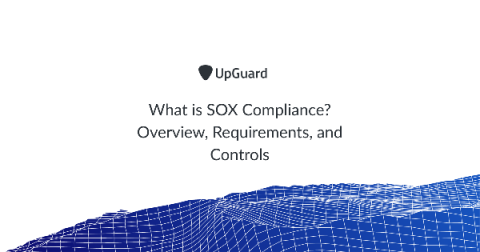ISO 27001: Should You Expect it From Your API Vendors?
ISO 27001 is a way for companies to prove a certain standard of security to their customers. You may recognize ISO as the standards body that issues international standards and classifiers for all kinds of products and services, including date and time standards, country and currency codes, and structural systems—like the ones we’ll be discussing in this article.











